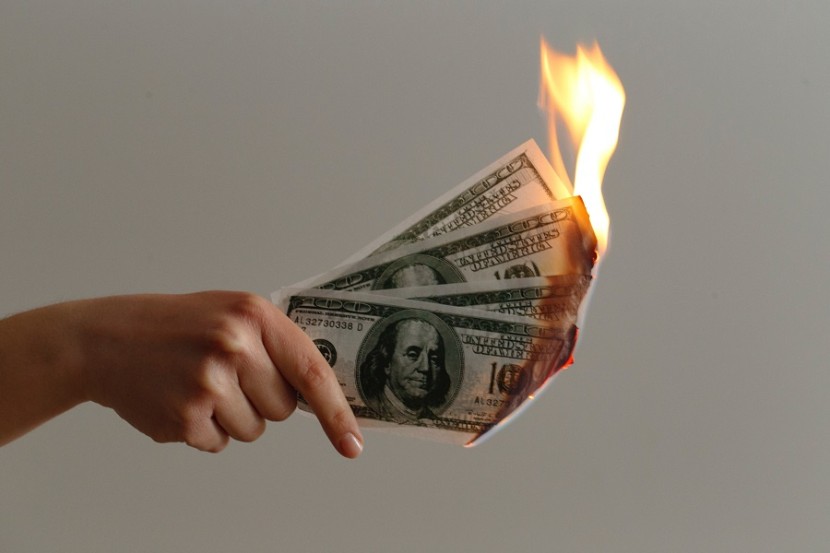
The IRS has mailed out the second child tax credit check, with four more on the way until the end of the year. Last week, the second child tax credit stimulus payments totaled $15 billion and were disbursed to around 36 million families. Research reveals that these checks have a significant impact on poverty in the United States. That does not, however, imply that the distribution went off without a hitch.
For example, the IRS wants recipients to be informed of one unanticipated problem. The August payment was sent in the form of a paper check to certain people who received the first child tax credit check as a direct transfer in July. It's unclear why this is the case. However, as you might expect, paper checks take a little longer to arrive. According to the IRS, the problem affected less than 15% of direct deposit recipients in July.
How to claim missing stimulus check?
Meanwhile, billions of dollars in aid have been distributed to Americans since the COVID-19 pandemic began, but some are still owed money. If you didn't get a stimulus check or only got a portion of one, you may be eligible for the 2020 recovery rebate credit. Even if you aren't obligated to, the IRS recommends that you submit a 2020 tax return to claim the credit. There is no penalty for submitting after the tax deadline if you do not owe money.
According to Yahoo Finance, you must also know the amounts of the first and second economic impact payments that you received. This amount can be found by logging into your IRS online account or by looking at Notice 1444 for the first payment and Notice 1444-B for the second payment. These were mailed to the address on file with the IRS.
Another option is to use the child tax credit non-filer sign-up facility, which allows you to provide the necessary information to have the advance child tax credit payments sent straight into your bank account monthly. This information can be used by the IRS to send any 2020 recovery rebate credit. Filing a 2020 tax return will also assist the IRS in determining whether you are eligible for 2021 child tax credit advance payments.
Prevent missing your next child tax credit
The IRS claims that the problem should be rectified by the time September payments begin to be sent out. This will take place on September 15. For individuals affected, no more action is required to return payments to direct deposits, as per BGR.
Families can verify if they'll get a direct transfer or a paper check this month by going to the Child Tax Credit Update Portal. There's one more thing you should bear in mind. Because the payment for the third child tax credit is due in less than a month. By August 30, you must make any changes to the information the IRS has on file for you. That is if you want your next check to arrive on schedule.
This involves, for example, double-checking that your banking information is valid. So that your payments, in the form of a direct transfer, arrive faster. But don't worry: if you qualify for a stimulus check, you will receive one. You are not required to take any action.
However, there are some circumstances in which you must be aware of the August 30 deadline. For instance, if you haven't yet submitted a tax return, which is the primary trigger for collecting these payments. The IRS uses your most recent tax return to determine your eligibility and payment amount.
The Non-Filer Sign-Up tool is accessible until October 15 for persons whose income is too low to file taxes regularly. If you need to make any adjustments, such as changes to your bank account information, go to the update portal link above.
How to Use Recovery Rebate Credit?
Per Fintech Zoom, you may be eligible for the Recovery Rebate Credit if you did not get a payment or received less money than you are entitled to. A child's credit, for example, may not have been included in your payout. To get the money owed to you, you must file a federal income tax return for the year 2020, even if you don't ordinarily file taxes.
In the instructions for Form 1040, the IRS includes a Recovery Rebate Credit Worksheet. If you owe money, look for the Recovery Rebate Credit on Line 30 of the 1040 Form for the 2020 tax year if you are owed money. The credit will be applied to any refunds you receive or used to lower the amount of tax you owe on your 2020 return.
Those with an adjusted gross income of $72,000 or less in 2020 are eligible for the Free File Alliance, an IRS program that combines with private organizations to provide free tax preparation to millions of filers.
According to the Treasury Department, about 8 million households have yet to get their $1,200 checks from the first batch of stimulus payments in April. Experts fear that many of them may have been left out of the $600 stimulus checks distributed in December. The households that are left out are mostly low-income and are not obligated to file tax returns since their members do not make enough money.
Related Article: Stimulus Check Update: Got The Wrong Amount From Child Tax Credit or Denied From Previous Payment? Here's What to Do!








